Complete Guide to Haskaps (Honeyberries) | How To Grow + Harvest
Learn how to grow and harvest the best haskaps with this simple guide. Whether you are looking for a tasty addition to your diet or just want to add something beautiful and useful to your garden, haskap shrubs are the perfect solution. They not only provide delicious fruit but also offer a wide range of health benefits. Haskaps can be enjoyed fresh, frozen, in jams, pies, and jellies, and other delicious recipes. Throw some haskap berries into your favorite smoothie for the perfect antioxidant boost!
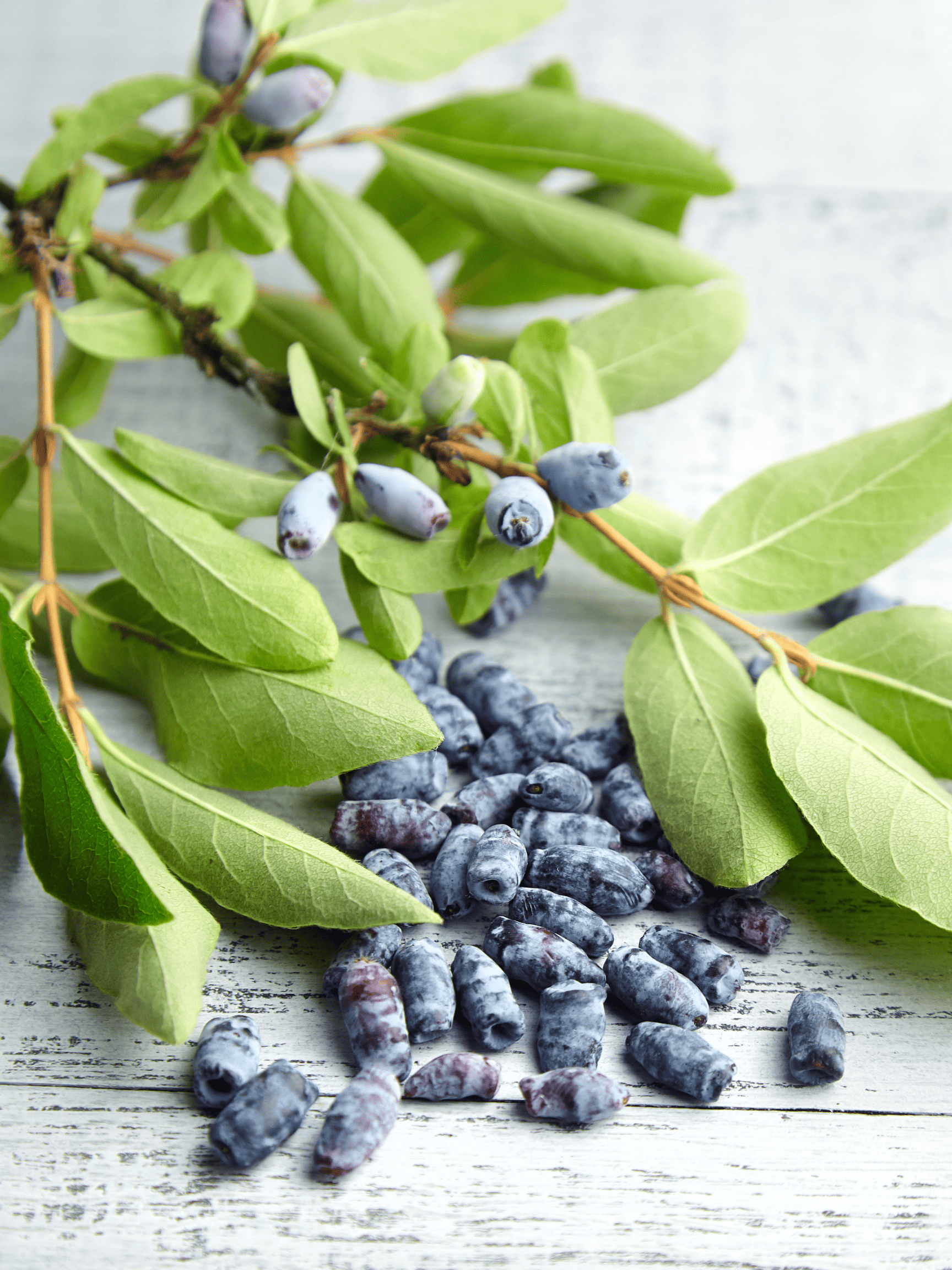
All About Haskaps

Haskaps, also known as honeyberries, are a small, tart-sweet berry that have been grown on large scale farms and in backyard gardens for centuries. A relative of the honeysuckle, this beneficial berry is native to parts of Asia and North America, but can now be found all over the world.
Growing into a round bush that is about two meters high and two meters wide, haskaps should be planted one meter apart. There are many varieties of haskaps, including the popular Tundra and Borealis cultivars, as well as the more recently developed Indigo Gem variety. All of these haskap shrub types produce delicious fruits and are becoming increasingly popular as a super food. With their easy care requirements, haskaps are an ideal choice for any permaculture garden.
Haskap Health Benefits: They are high in antioxidants, which help protect against cell damage and inflammation. They are also a good source of vitamin C, which supports immune health, and fiber, which aids in digestion. Some studies have even suggested that haskaps may have anti-cancer properties. Check out this article from Science Direct for more information about Haskap Health Benefits.
Haskap Growing Conditions
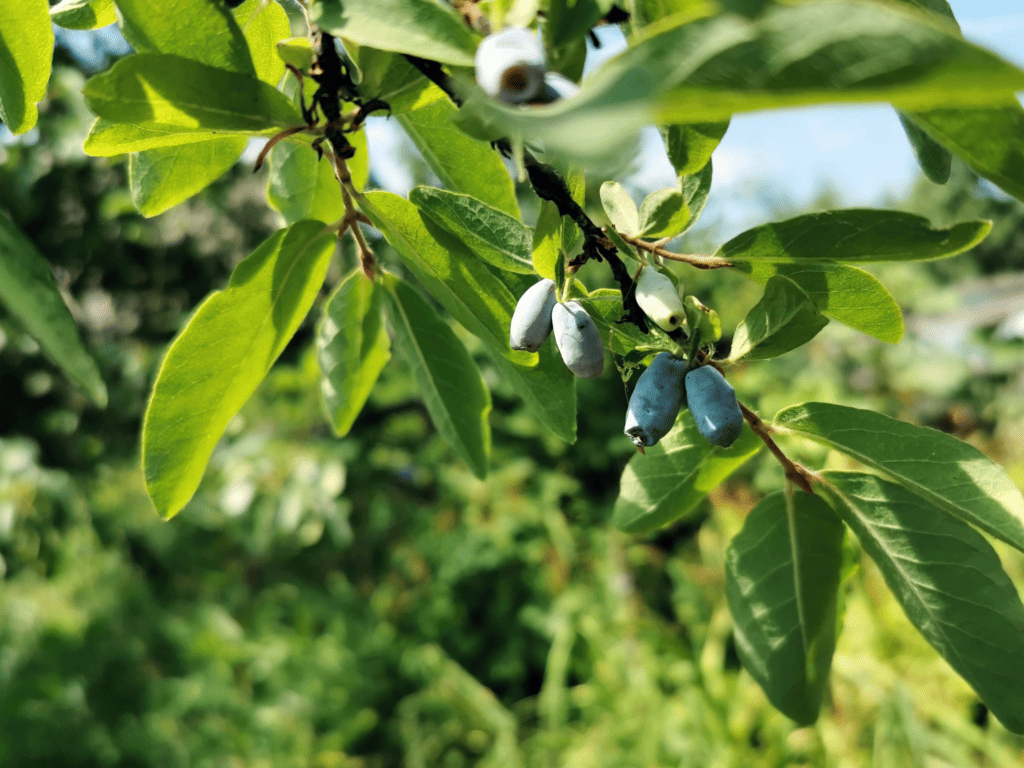
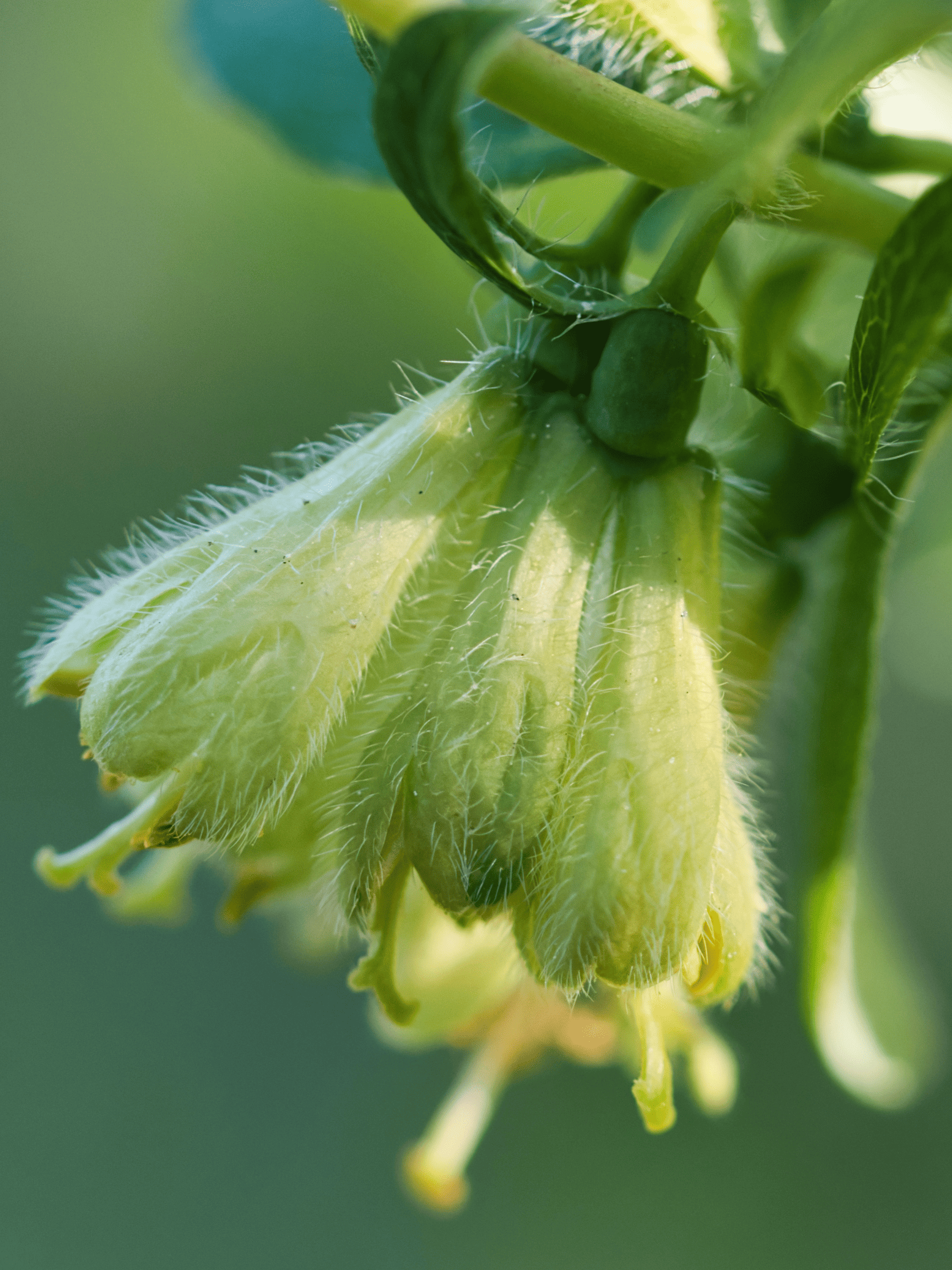
Haskap plants thrive in part to full sun. They prefer well-drained soils with slightly acidic pH levels and they thrive in USDA hardiness zones 2-7. The unique haskap blooms will survive late frosts, making them a great option for cooler growing zones and northern climates… all the way down to zone 2. As a person who lives on the edge of the zone 2 and 3 threshold, I can vouch for their hardiness! The University of Saskatchewan actually states that haskap shrubs are cold hardy down to zone 1 (Far North).
All haskap plants are self incompatible, meaning that they cannot pollinate themselves. Be sure to plant at least two different varieties of haskaps for proper polination and berry production.
How to Grow Haskap Bushes
How To Start Haskaps From Seed
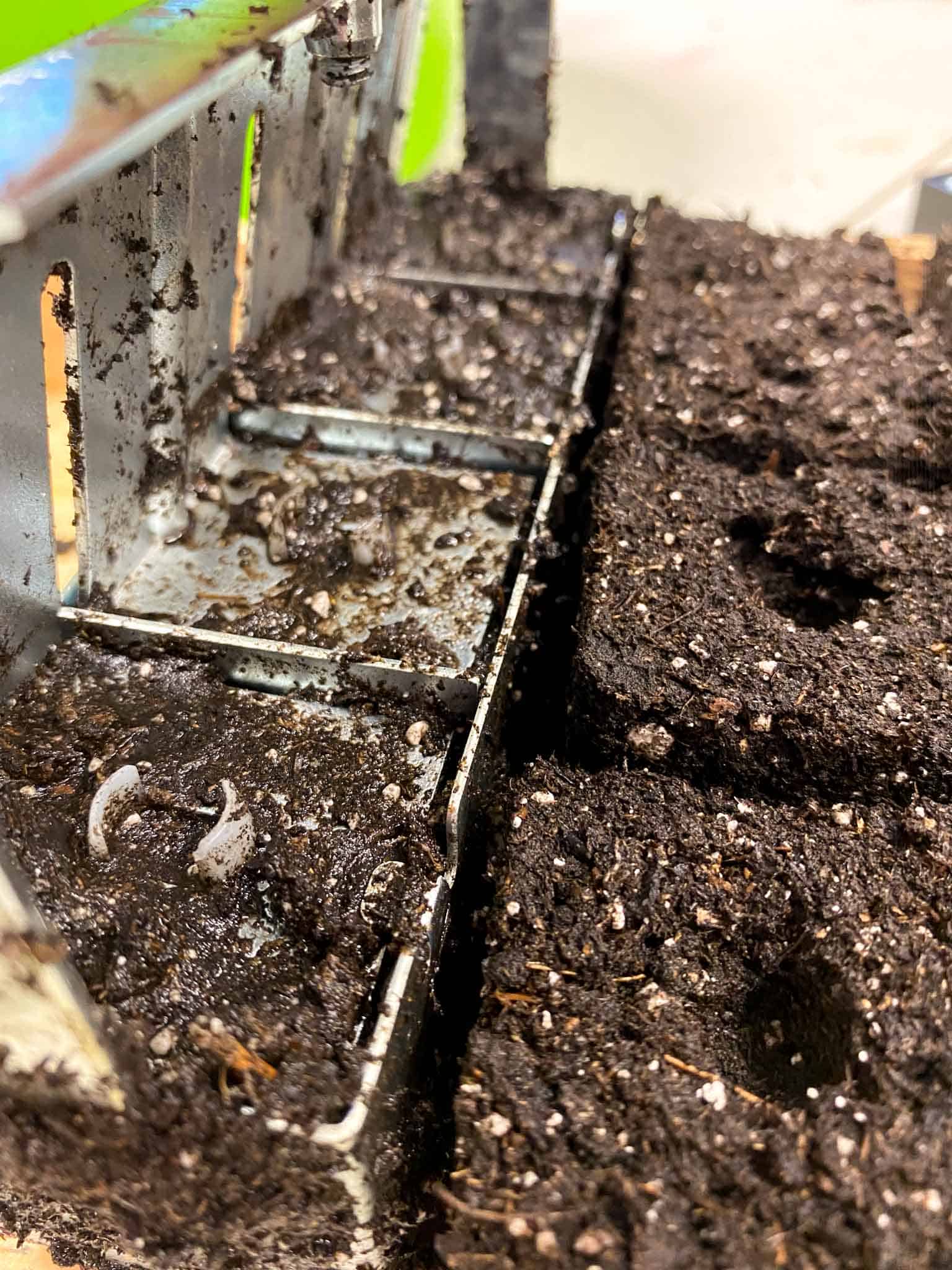
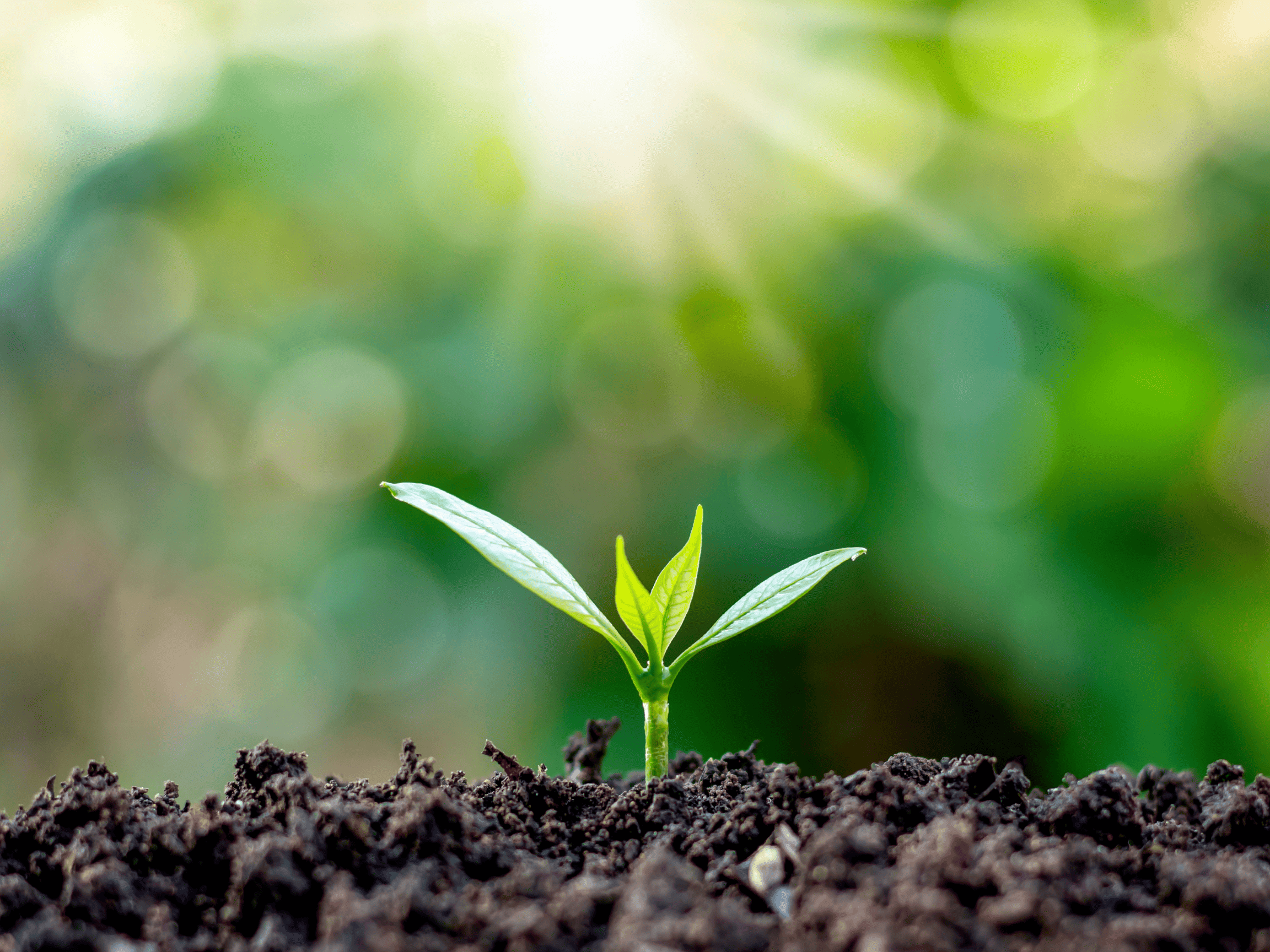
There are mixed reviews about starting haskaps from seed. The University of Saskatchewan advises against starting haskaps from seed because they likely wont breed true to the variety that you are attempting to replicate. The University of Idaho states that “The seeds germinate well without stratification, scarification, or other treatment.” Some gardeners claim that the best way to start haskaps from seed is to quarter the berries in a peat moss and perilite. The haskap plants started from seed can take up to three years to bear fruit. Consider starting your seedlings in soil blocks for healthy roots and easy transplanting.
For best germination, I recommend cold stratifying haskap seeds in the refrigerator for two months before planting.
How To Start Haskaps From Stem Cuttings
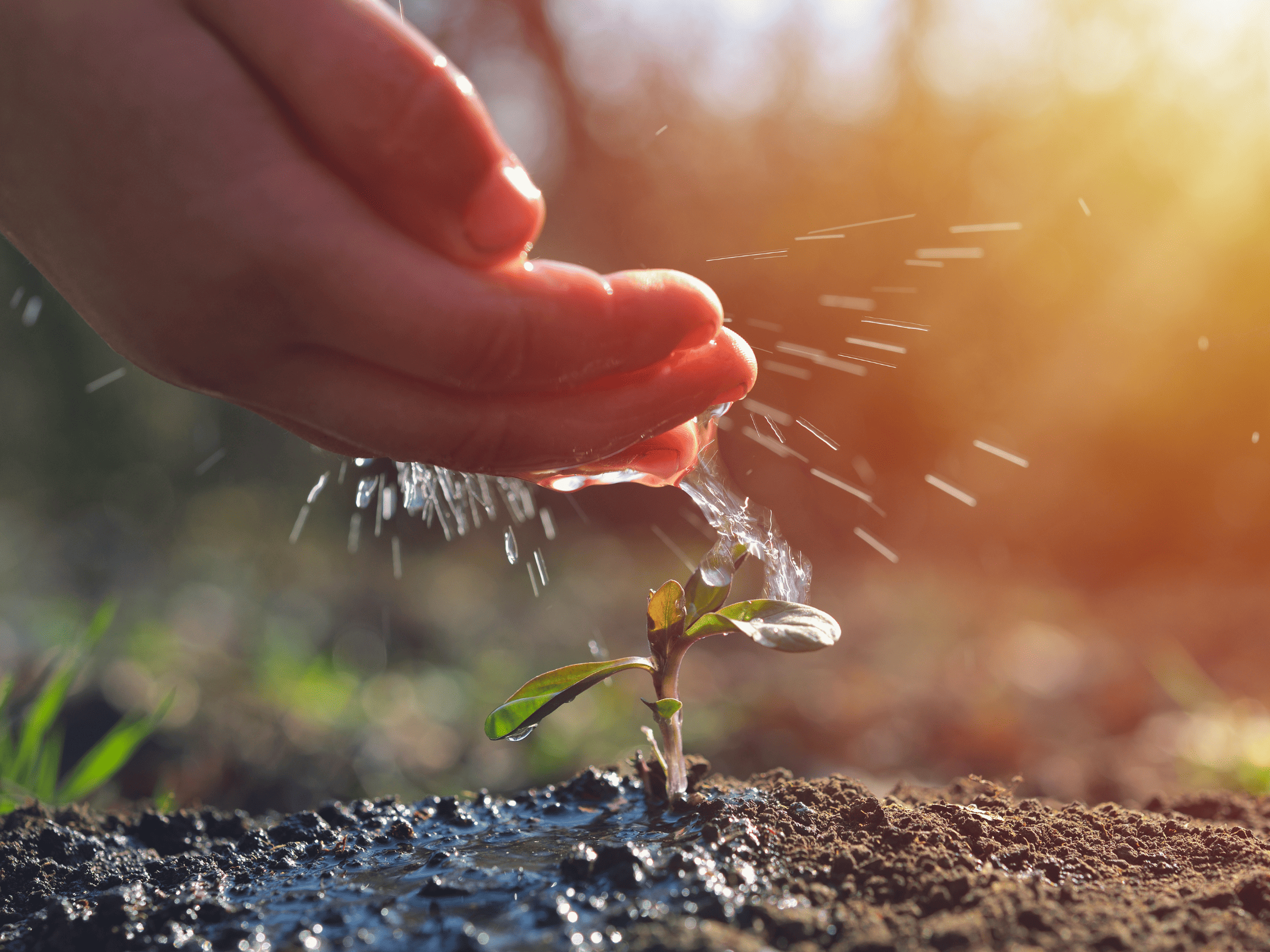
Start by selecting healthy stems in late winter or early spring, when the shrub is still dormant. Cut the stems into sections that are around 6 inches long, making sure each section has at least two buds. Next, plant the cuttings in a well-draining soil mix, with the top bud just above the soil line. Keep the soil moist and in a sunny area, and in around 1-2 years, your haskap shrub should begin bearing fruit. With their sweet and tangy flavor, haskaps are a delicious addition to any garden. So why not give it a try and enjoy the fruits of your labor?
How to Plant Haskaps
The best time to plant haskaps is in the spring or fall.
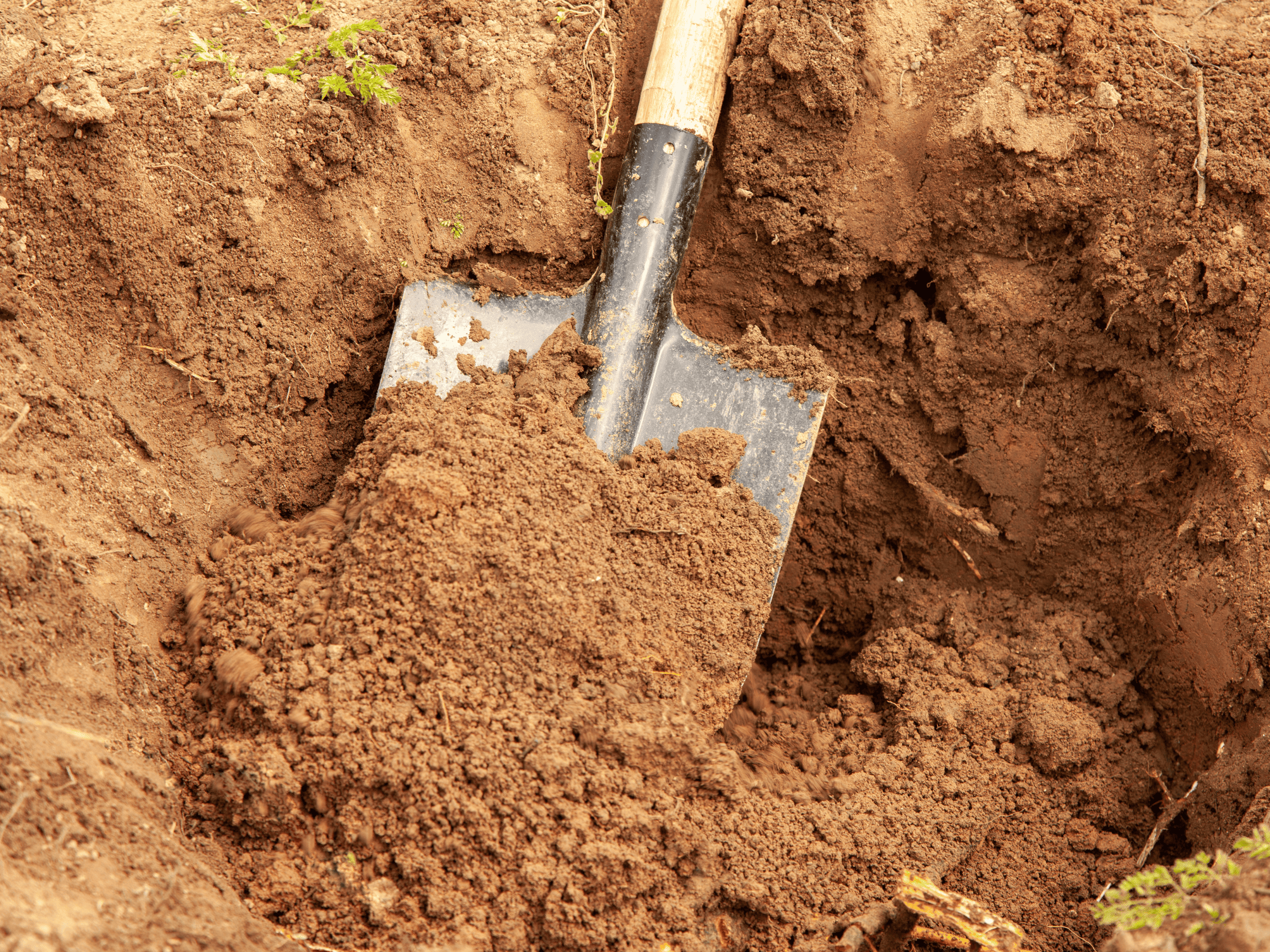
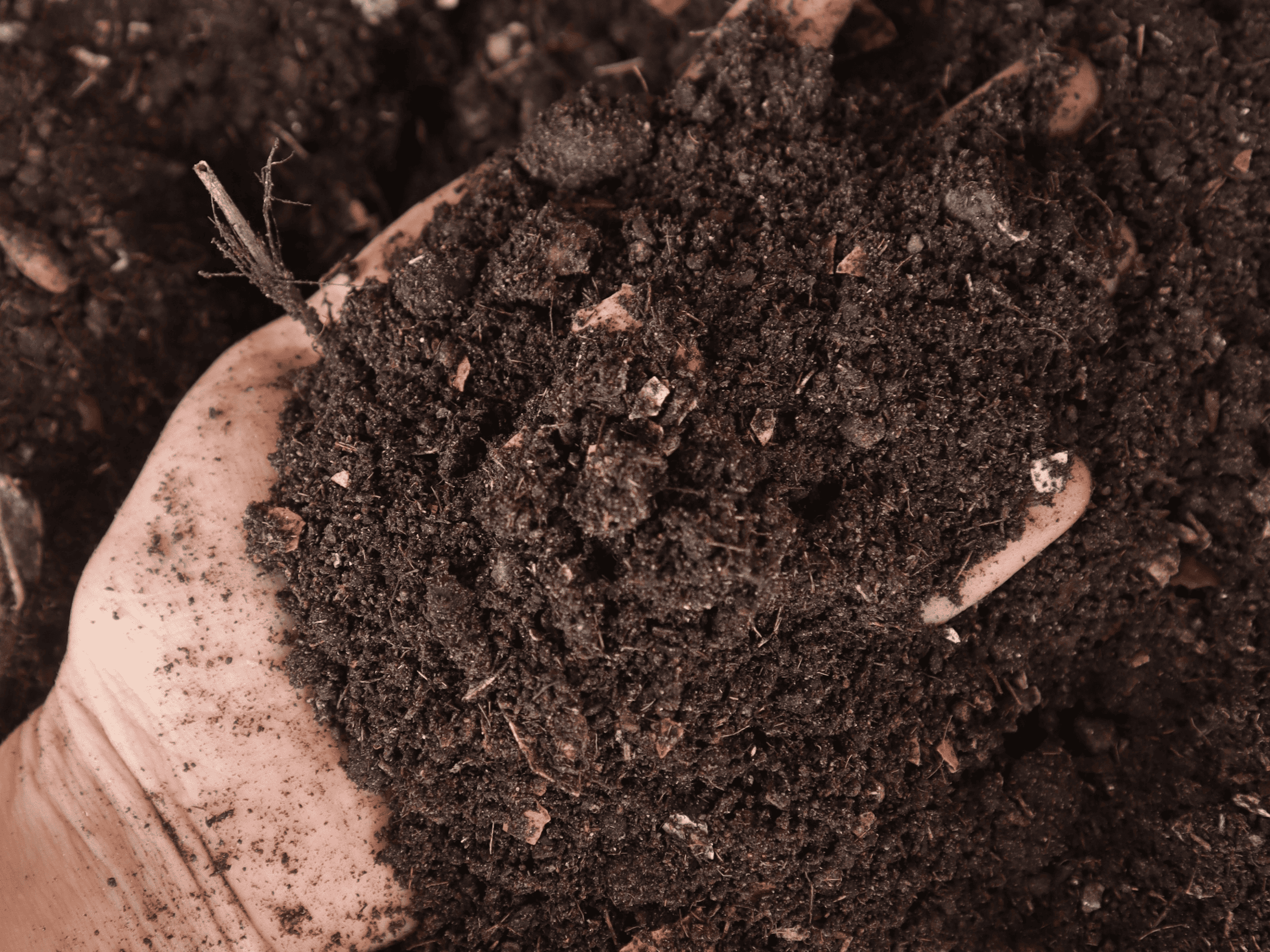
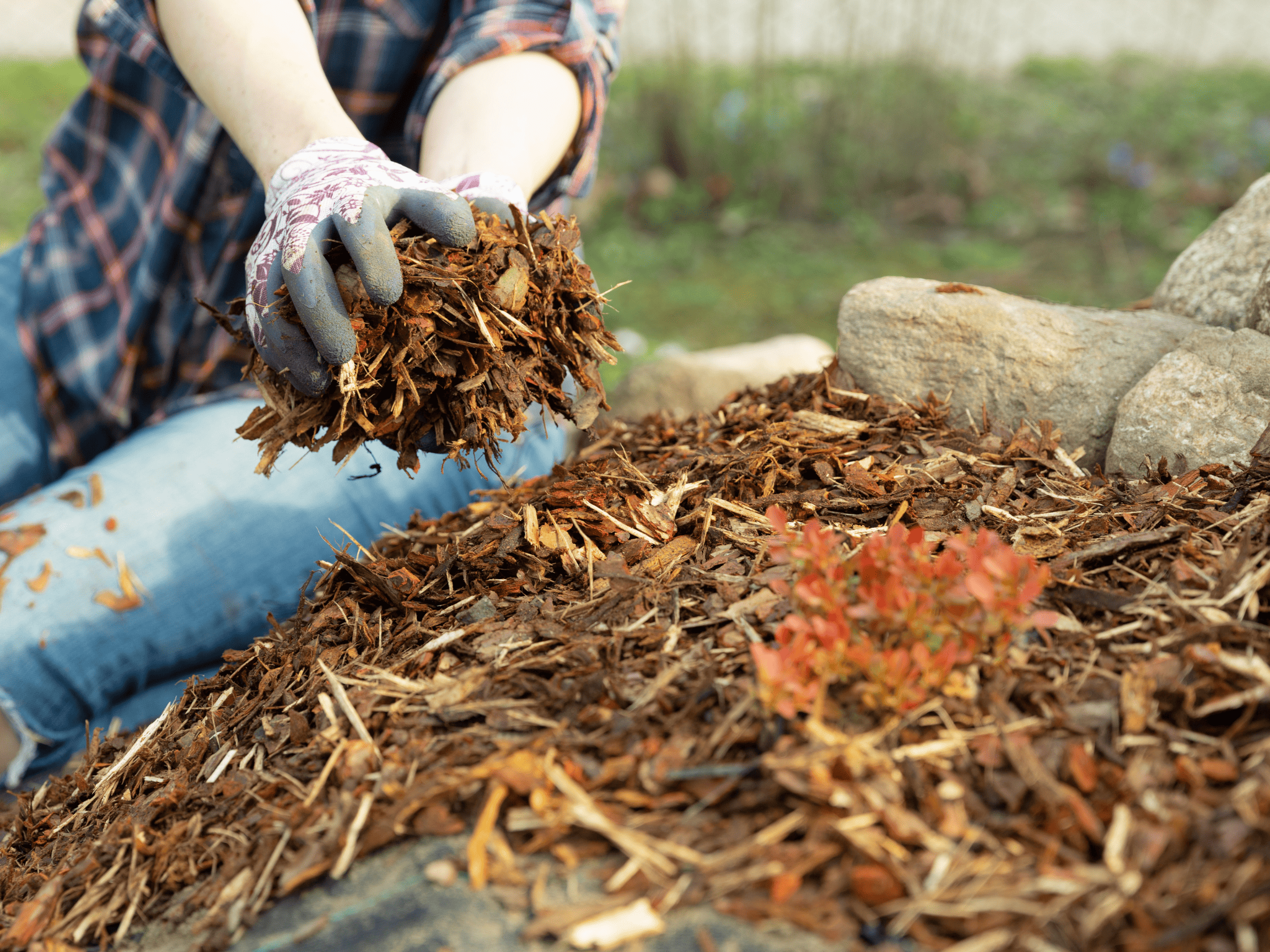
- To start, choose a sunny spot with well-draining soil. Haskap bushes do well in sandy-loamy soil and can survive in clay as long as the area drains well.
- Dig a hole that is at least twice as wide as the root ball and deep enough to accommodate it.
- Mix in some organic compost at a ratio of 1:1 to enrich the soil.
- Place the plant in the hole and backfill with soil, tamping down gently to remove any air pockets. Apply up to an inch of compost or aged manure to the top soil after planting and before mulch. Add a layer of mulch around the base of the plant to help retain moisture and suppress weeds.
- Water the haskap bush deeply once a week, avoiding the foliage, or more frequently in hot, dry weather. With proper care, your haskaps should thrive and produce plenty of sweet, tangy fruit for you and your family to enjoy.
Best Time To Harvest Haskaps
When it comes to harvesting haskap berries, timing is everything. The best time to harvest them is when they are plump and fully ripened, usually in early summer. Pick berries in the cool morning or later in the evening and refrigerate the berries soon after picking.
You’ll know they’re ready when they’re a deep shade of blue-purple and easily come off the stem with a gentle tug. The berries may appear ripe 5-10 days before they are actually at peak ripeness for eating. Pluck a berry and bite it in half… if it is mostly green on the inside and grassy tasting, it is not quite ready.
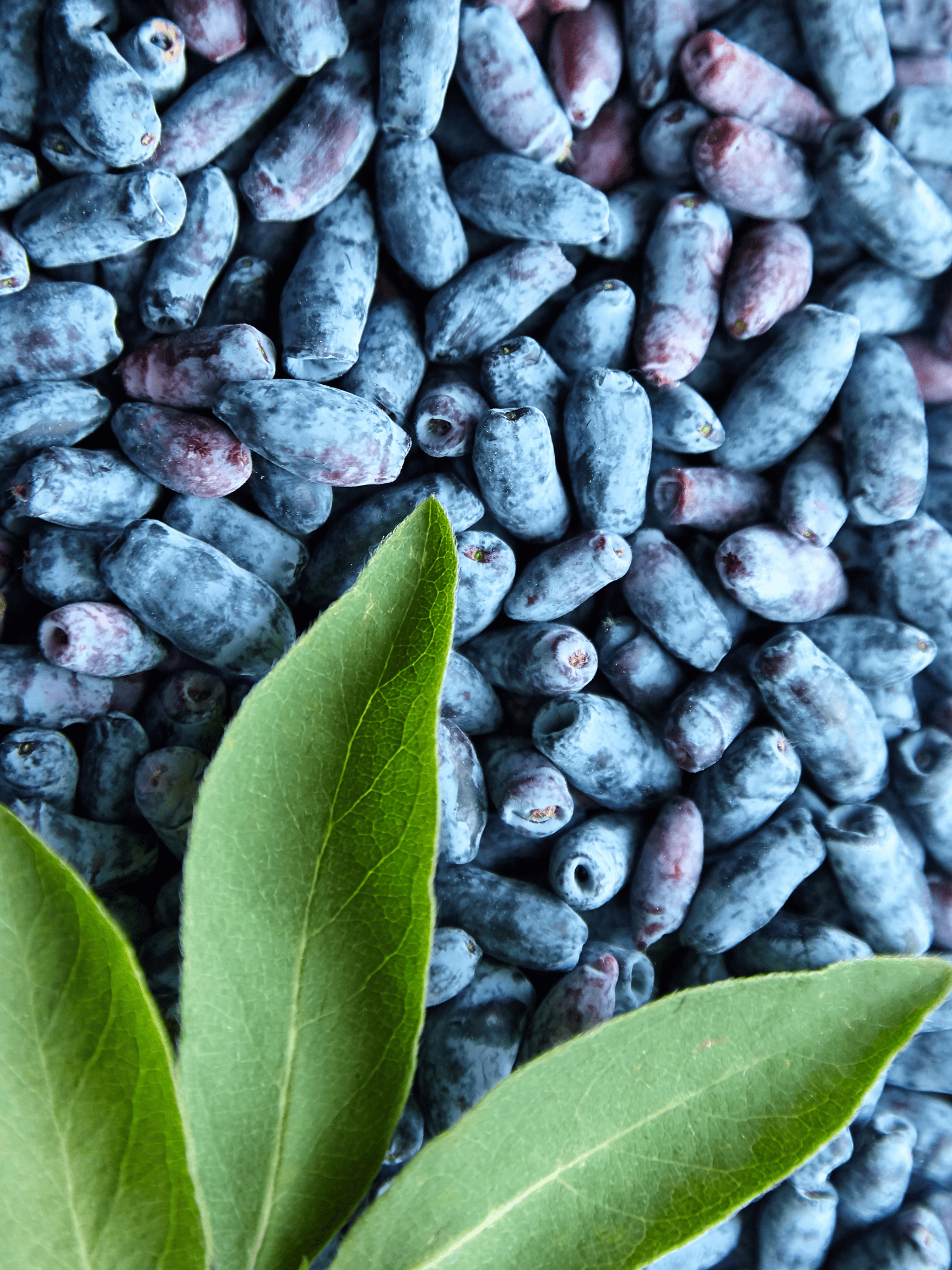
Related: How To Harvest Parsley
Haskap Storage
Berries can be kept in the refrigerator for 3-5 days. Wash and place in an airtight container or zip top bag with the air squeezed out and freeze for up to 6 months (or longer).
How To Protect Haskaps From Birds
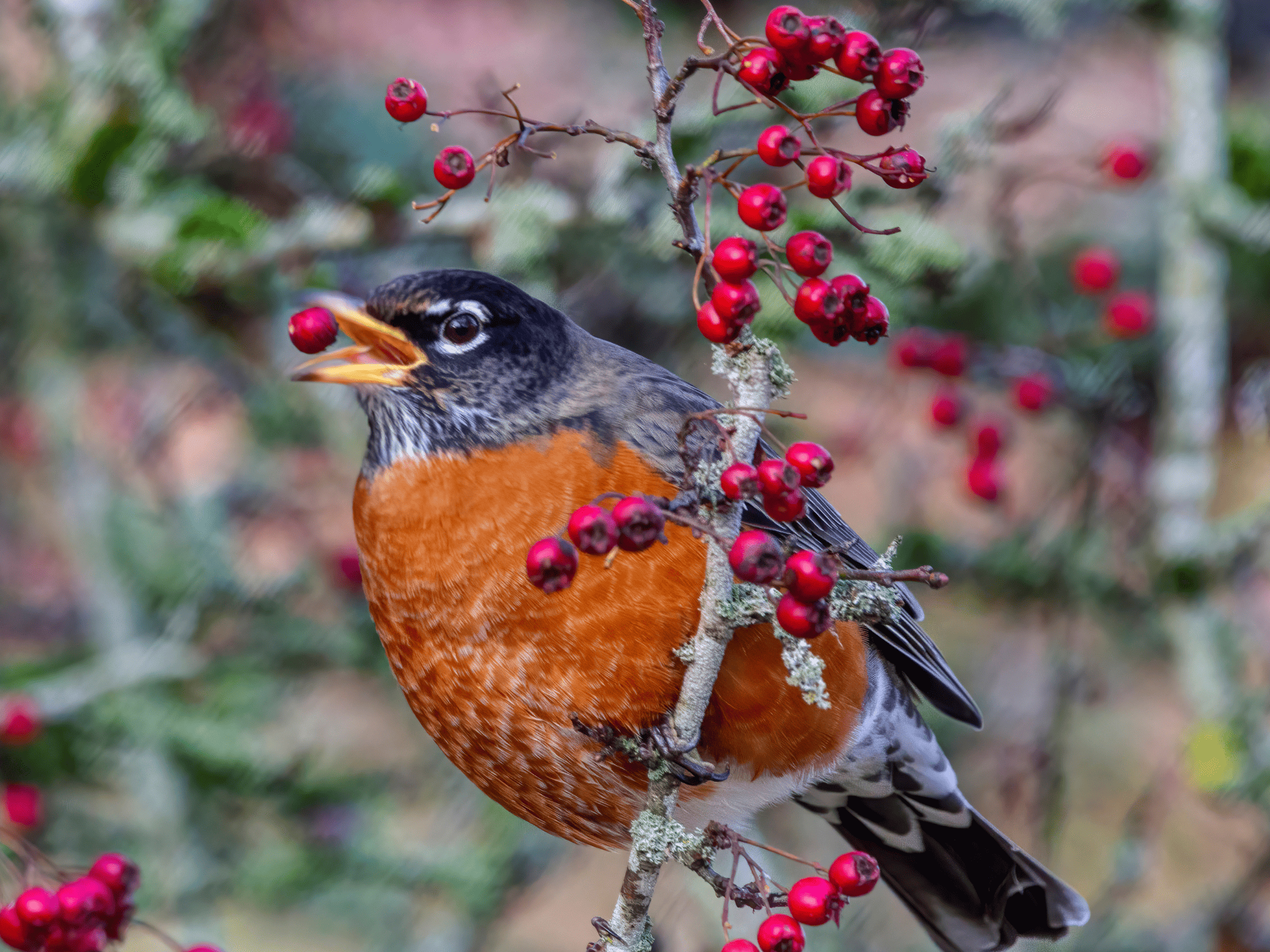

Another thing to keep in mind when harvesting haskaps is bird protection. Birds love these tasty berries just as much as we do, so it’s important to cover your plants with netting or bird repellent to keep them from stealing your harvest. With the right timing and protection, you’ll be able to enjoy a bountiful harvest of delicious haskap berries that are perfect for making jams, pies, and other sweet treats. Gardener’s Path has a great article about different options for protecting blueberries (same applies to honeyberries, and haskaps) including visual deterrents, netting, and even using a Koolaid concentration.
Haskap vs Honeyberry Plants
While these two fruits are often used interchangeably, they have different origins. Both are from the same subspecies (the honeysuckle). Edible blue honeysuckle or edible honeysuckle is a blanket term that refers to both honeyberries and haskaps. Russian varieties are often referred to as Honeyberries (Lonicera caerulea L.), Japanese varieties are more often referred to as Haskaps (Lonicera Kamtschatica).
Haskap Bush Tips + Tricks
- Plant your haskaps an inch or two deeper than the soil level in the nursery pot (if this is the type of plant you have).
- Plant at least two different varieties of haskap for proper pollination.
- Don’t feed (fertilize) later than mid August, allowing the plant to properly prepare for winter.
- Remove dead or diseased branches to prevent the spread of disease. Thinning out crowded branches can improve airflow and sunlight penetration.
- Apply a balanced fertilizer, organic compost, or well aged manure once a year in early spring to provide your haskap bushes with the nutrients they need to grow strong and healthy.
Frequently Asked Question About Haskaps
Haskap trees grow anywhere from 4-6 feet tall and 4 feet around. Be sure to leave enough space in between the berries to allow for proper airflow between plants.
According to the University of Saskatchewan, fully mature haskaps can produce 6-11 pounds or 3-4.5 kg of fruit per season.
Harvest Ready Haskap Recipes
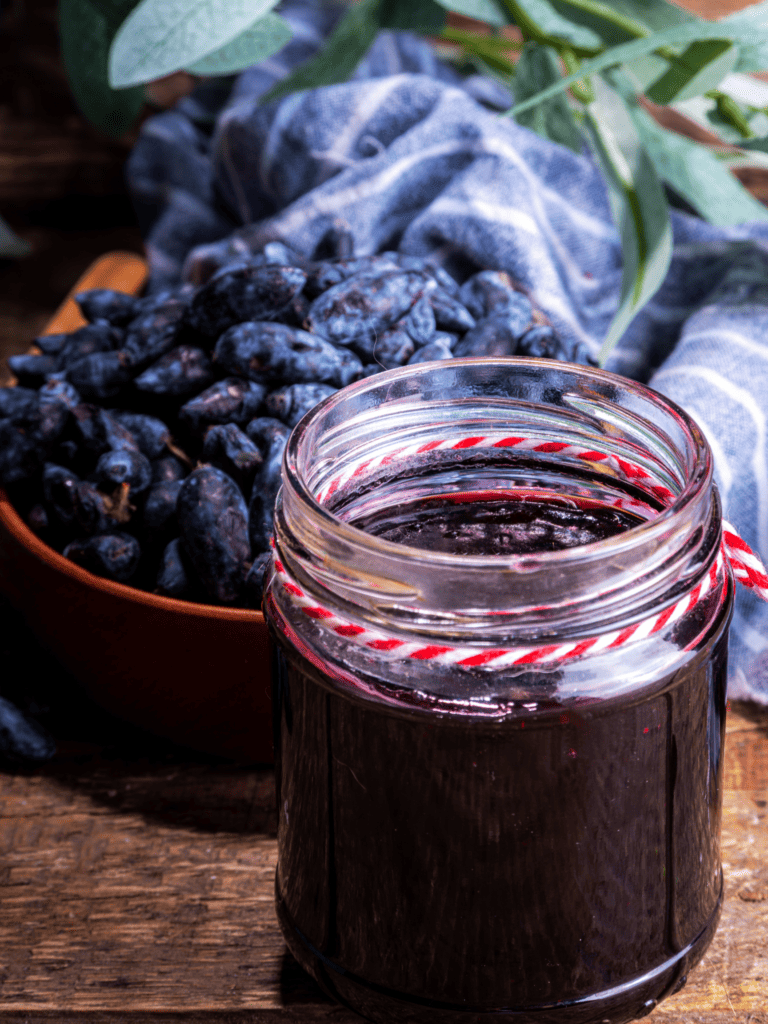
Haskap Jam
Similar to blueberry jam, haskap jam is perfectly sweet and tart. Check out Practical Self Reliance’s Haskap Jam.
Another recipe that can easily be adapted for haskaps is this Small Batch Blueberry Jam by Ally from Crave The Good.
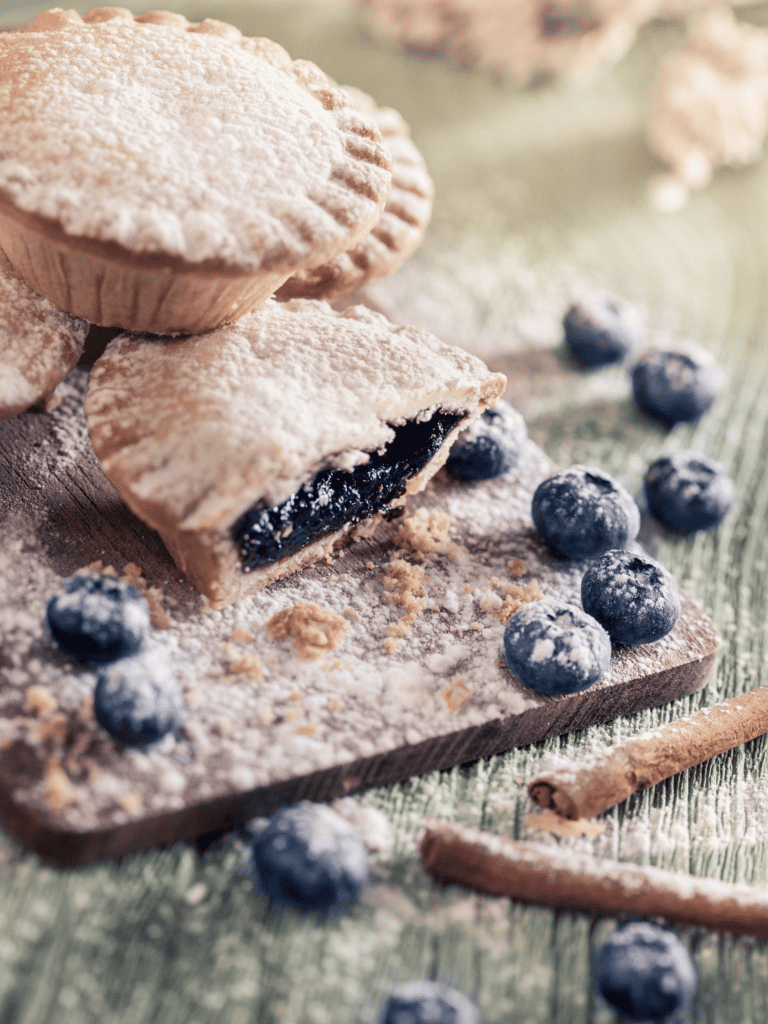
Haskap Berry Hand Pies
Sugar Love Spices has a delicious haskap berry hand pie recipe. Check it out here.
Related: How To Harvest Cilantro
Pin It!
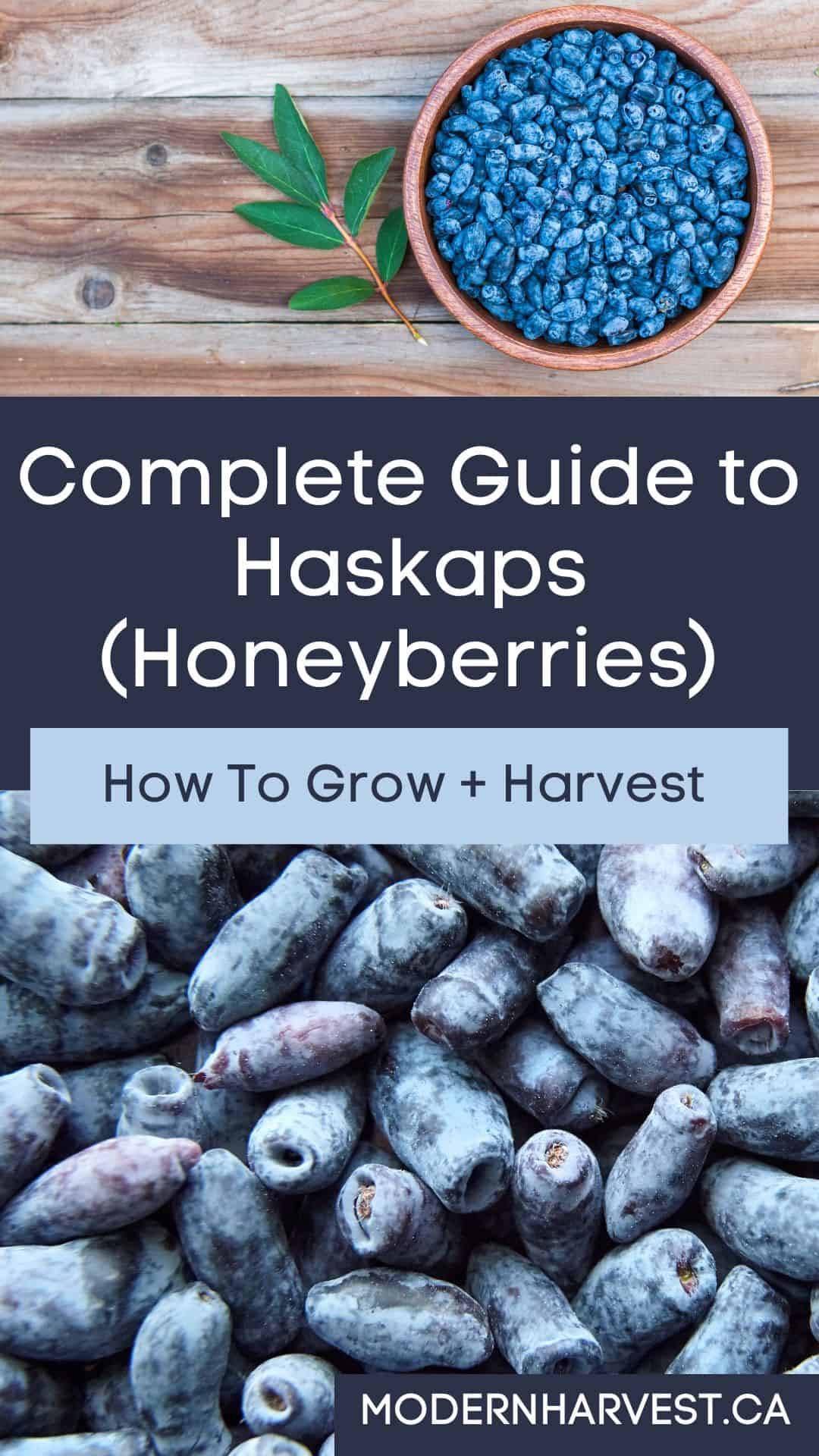

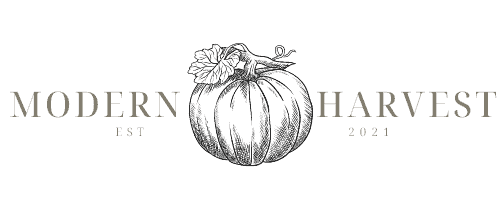
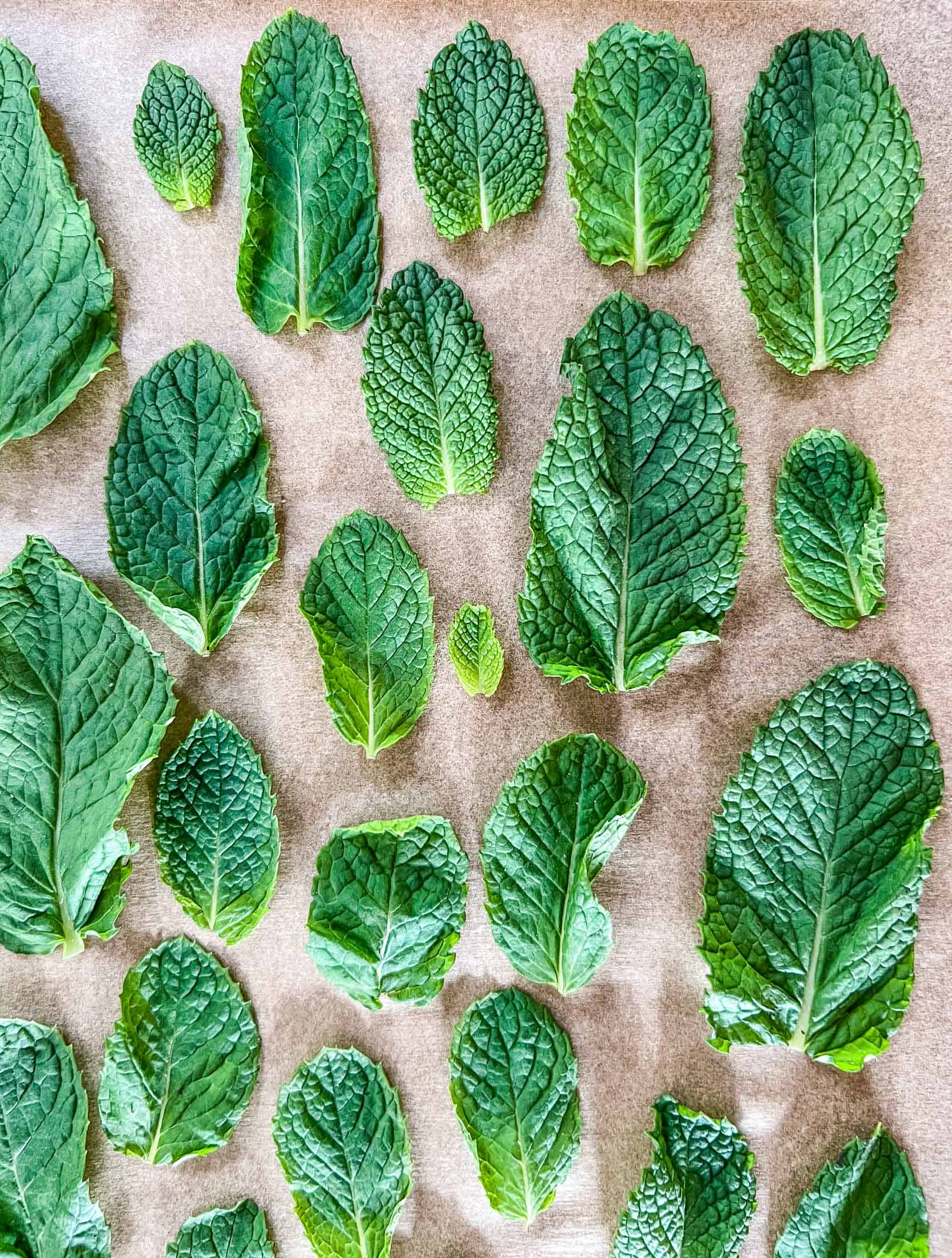
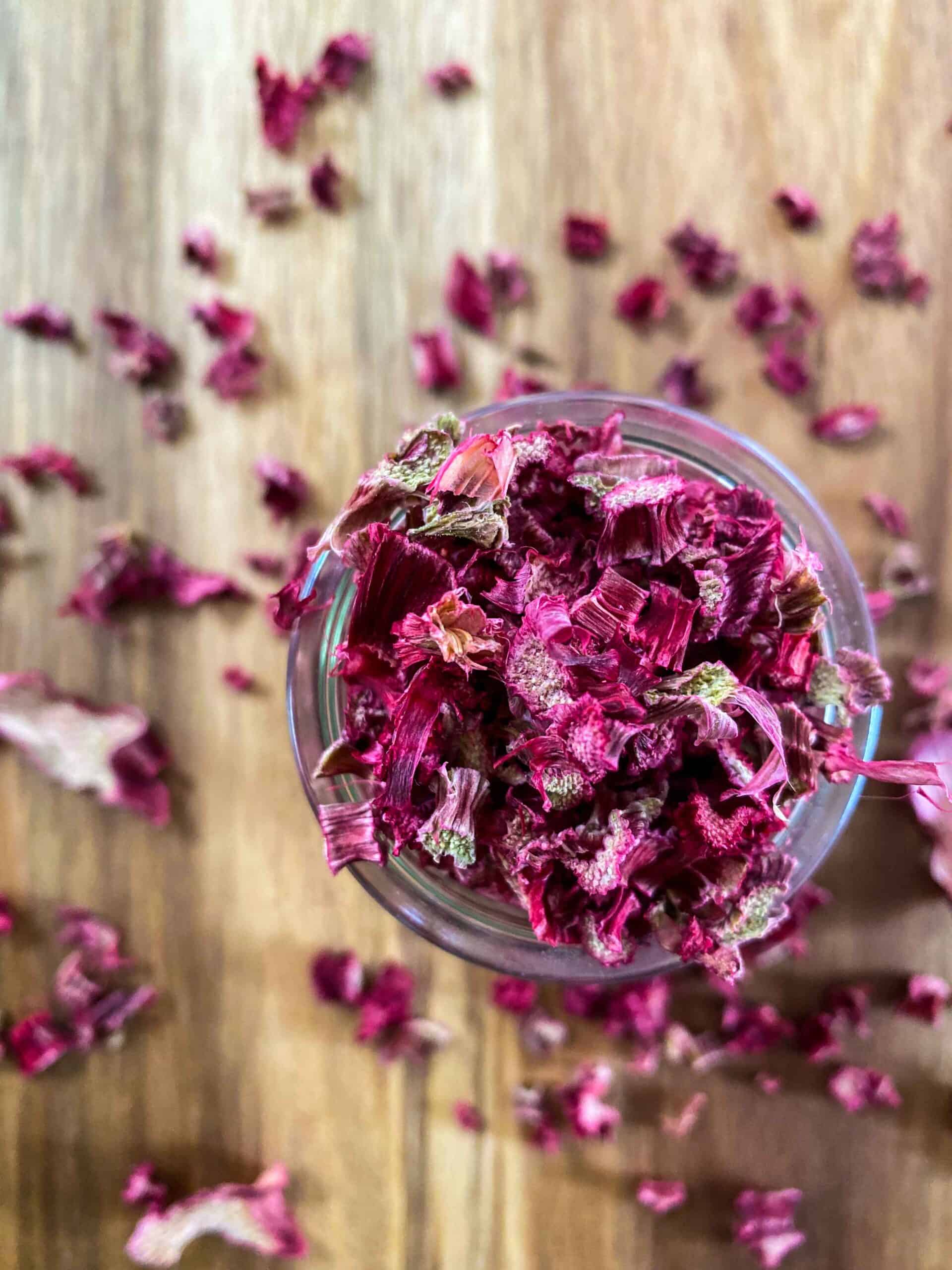
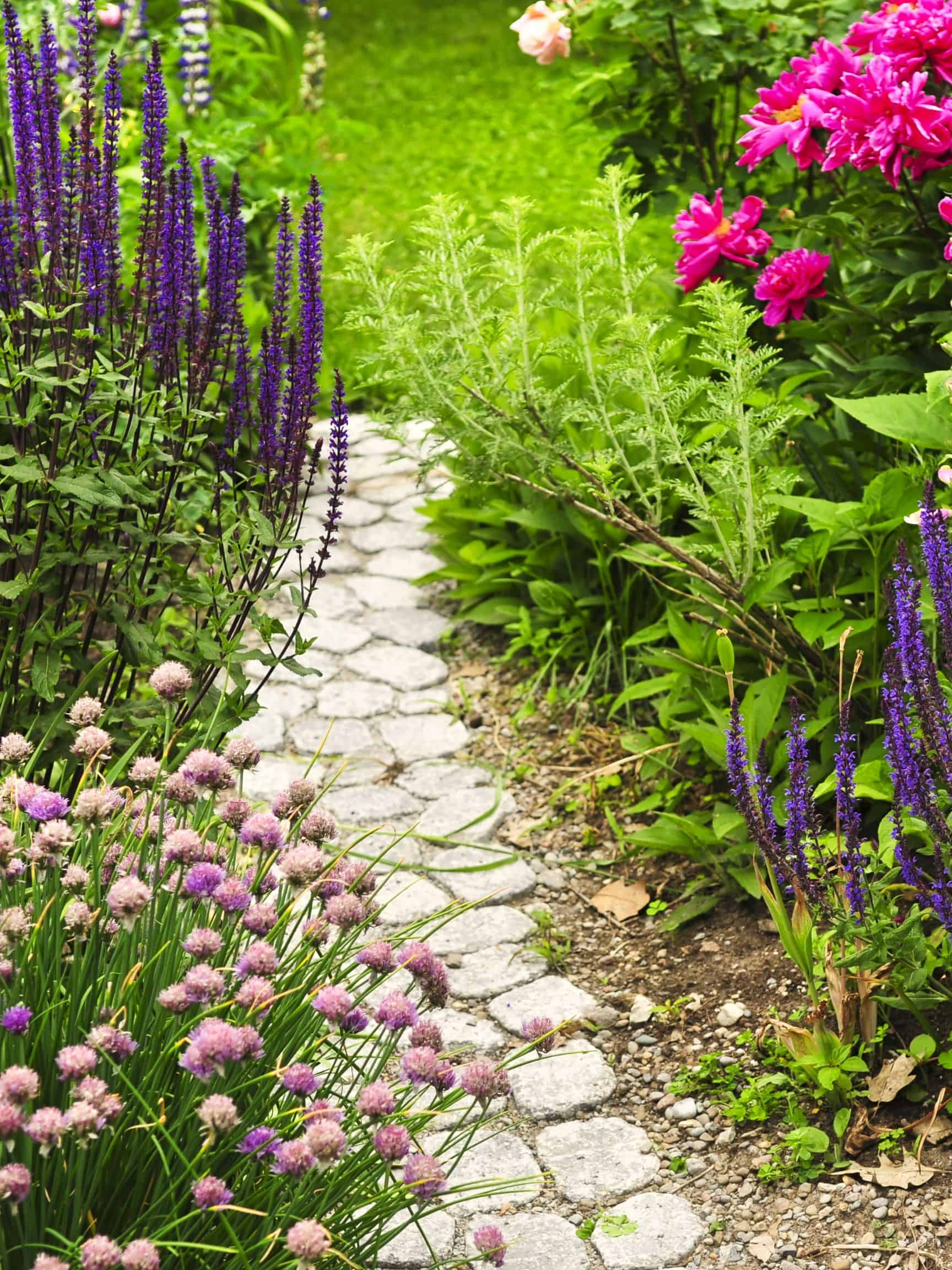
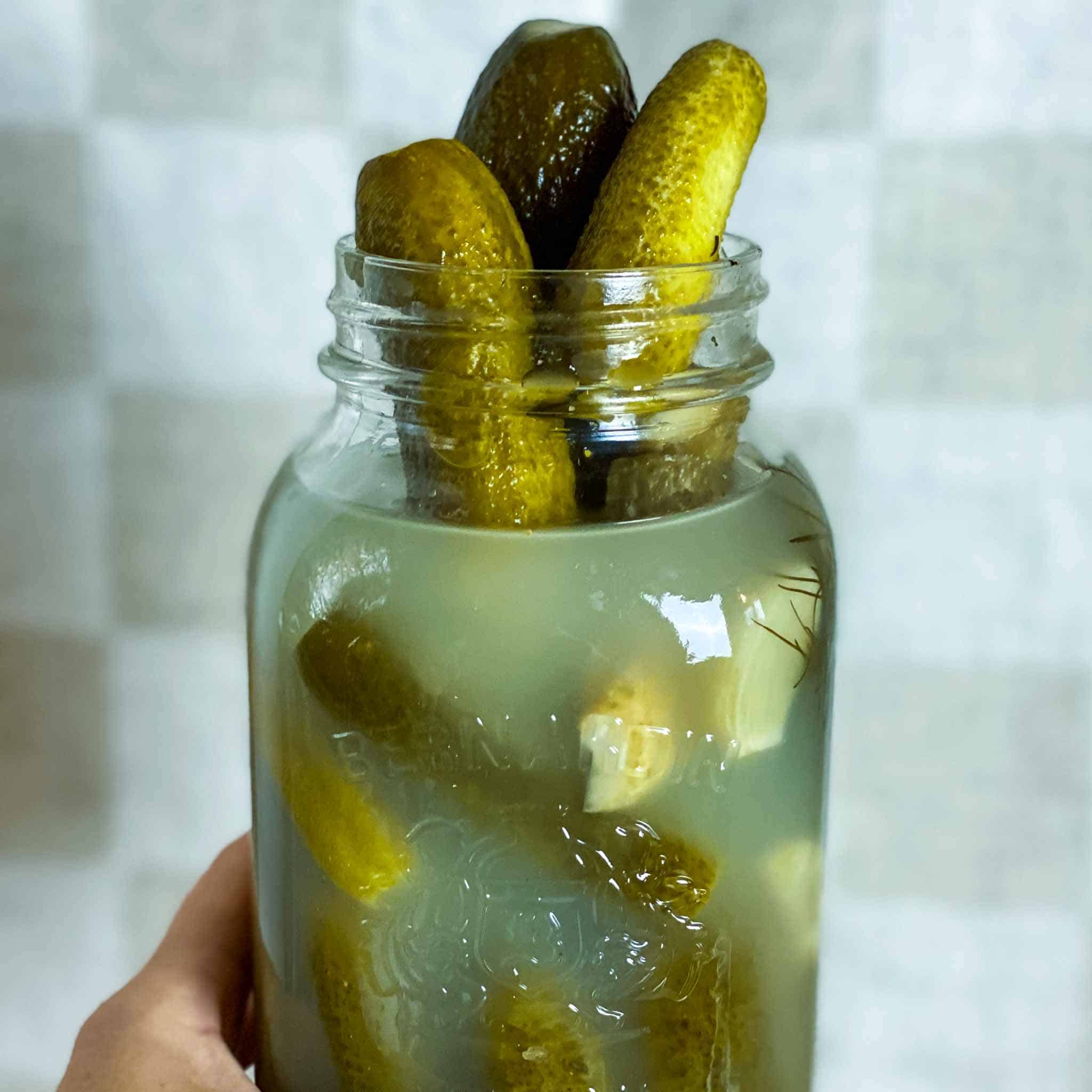
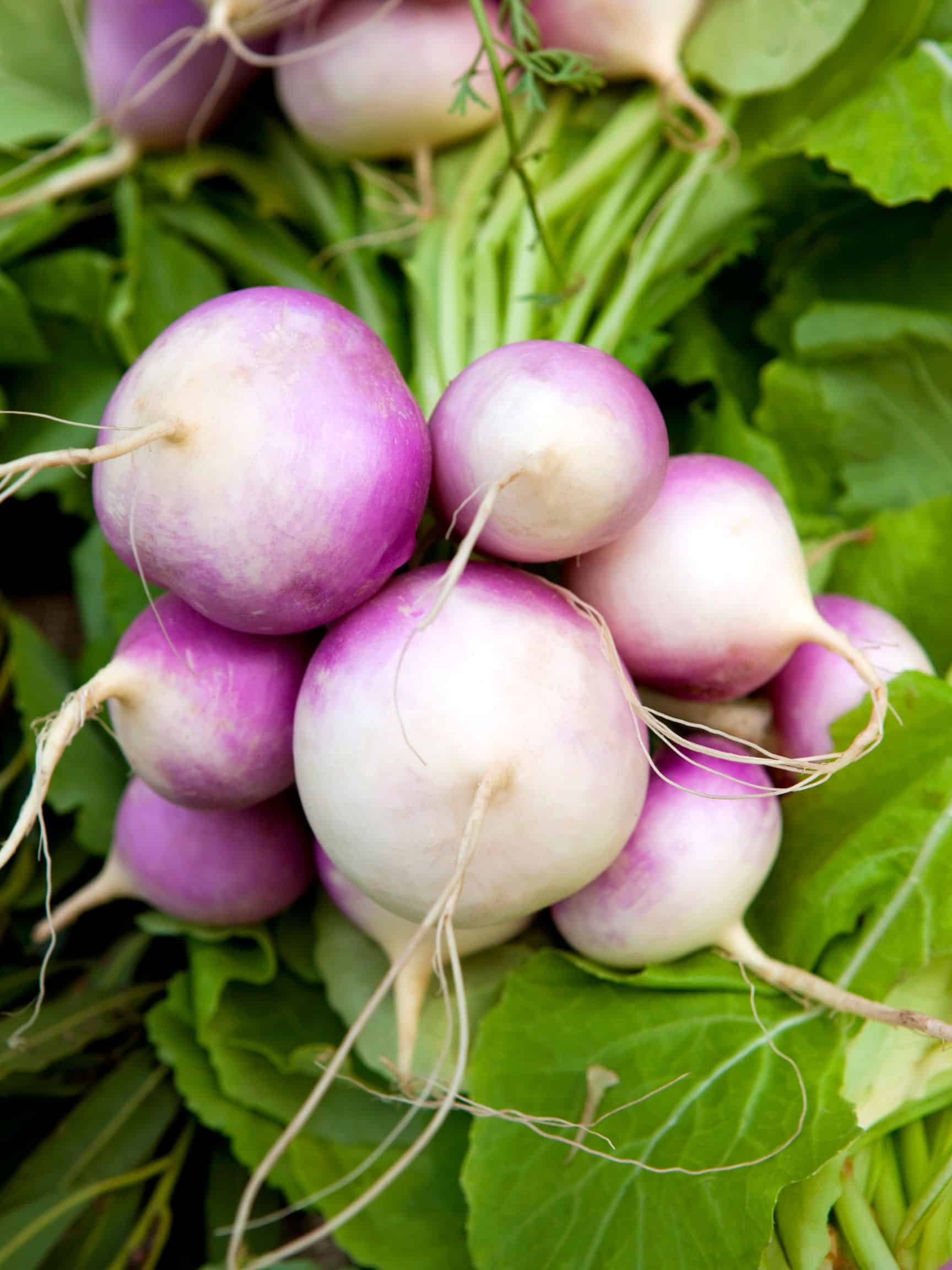
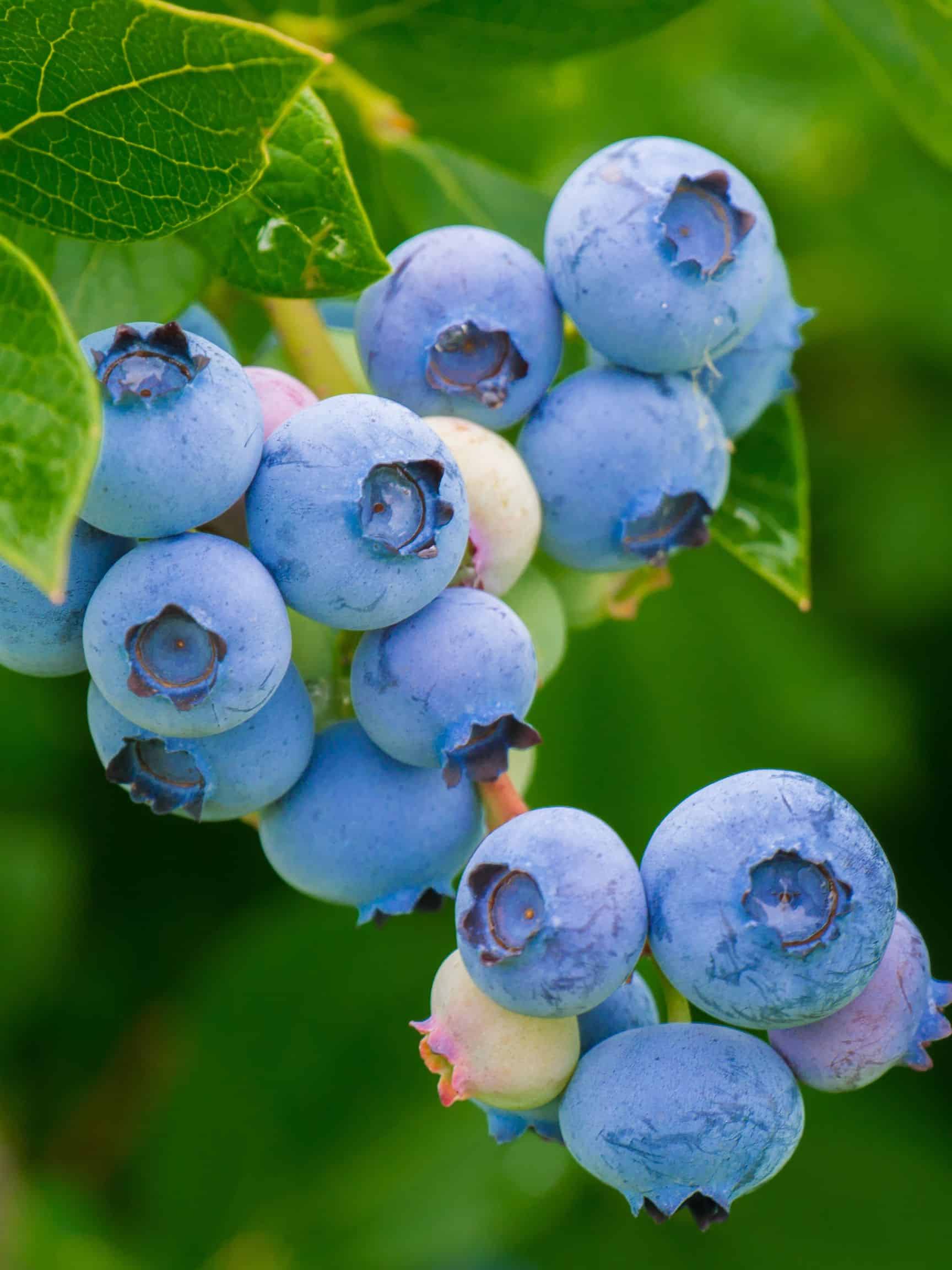
Hi. We had purchased two Honeyberries about 4 years ago, one male, one female. 2 years ago we got a handful of berries. The plants are growing well and healthy looking. Last year we got more, but only a few ripened. This year the plants are about 3 feet wide and 4 feet tall, looking very healthy, and when I looked in May, there seemed to be a lot of blossoms which later produced green berries. After a couple weeks, upon investigating, there seemed to be no berries left. There were some on the ground, still green and very small. What happened to the abundance of berries is a mystery to me? Can you please tell me what we are doing wrong and why we can have such healthy plants which never seem to produce any kind of crop? Please help us! Thank you.
Hey Theresa
There are a few reasons why your berries may be falling off. I have struggled with this as well.
-Weather can be a factor, strong winds and heavy rains are known to knock the delicate berries. Have you had any periods of unusual cold or drought? Berry plants can be sensitive to these temperature swings.
-Birds may also be knocking them off but not eating them because they aren’t sweet yet. I would suggest trying bird netting- my sister has used netting with a lot of success! Based on your mention of a lot of blooms and green berries, I think birds or other animals are the culprit and you should try throwing some berry netting overtop of them. It can be found at your local hardware store or garden center and easily drapes over your shrubs with little effort.
-Lastly, it is imperative that your honeyberries are different varieties such as Aurora and Indigo Gem. The plants won’t set fruit properly unless two different varieties are in close proximity to each other. It is possible for them to produce minimal amounts of berries but you won’t get a good harvest unless the varieties are different.
Good luck, they may be finicky but so worth the wait!!